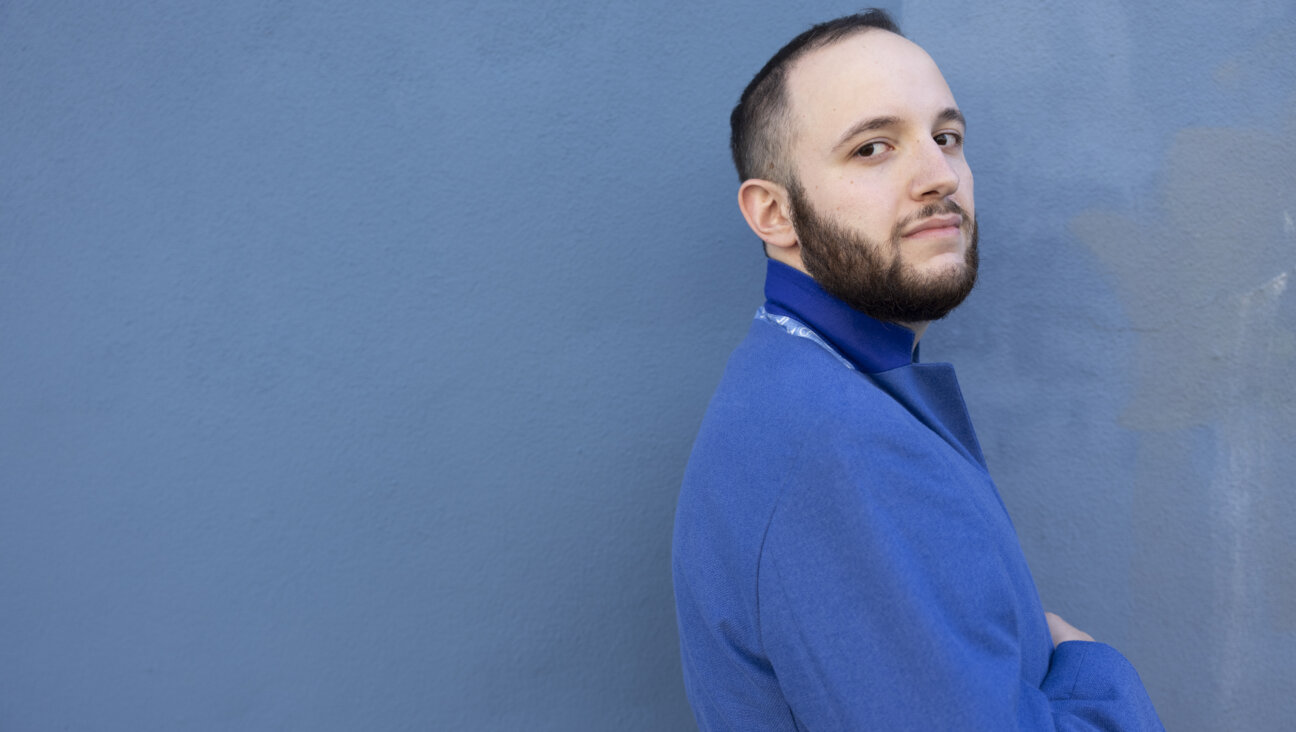Always a Good Time for Cheese

Graphic by Angelie Zaslavsky
I am of the firm opinion that it is always a good time for cheese. I recently learned that the Shavuot holiday has a strong dairy component. I had never known this before, but I was very happy to discover this a day or two after I had completed a highly successful experiment in cheese making. I’ve defined the experiment’s success as the fact that I am still enjoying the cheese.
I attended a cheese making class a couple of weeks ago. I was very surprised to find out how easy it can be–at least for some (soft) cheeses. I decided to attempt to replicate the success of the class in a different environment–my own kitchen. Luckily, I had help from a knowledgeable wife and eager son–age 4. My son was probably as eager to try the cheese making experiment as I was. I had to explain to him that this was an experiment, and it may or may not work. If it worked, we had delicious cheese. If it did not work, we had a bunch of ruined milk.
We began optimistically with the gallon of low-pasteurized whole milk. My son helped me pour it into the pot. I explained that the milk would get very, very hot, and that using the thermometer would be a Daddy job. We watched the milk quickly progress to 100 degrees, then 120, and then 140. We all took a turn at keeping the milk stirred, to avoid the dreaded “scorched pot” At 140 we turned the heat down to low, kept stirring, and waited. It was a good time to explain to my son that patience was a virtue.
The milk eventually hit 180 degrees, and it was time for the next step. We poured in the yogurt and apple cider vinegar, mixed it in..and waited for the curds and whey to separate. It took about 10-15 minutes, but eventually the first cheese curds appeared. A few minutes later, more cheese curds appeared and we were ready to start ladling the curds into the waiting cheese pot (after placing the cheesecloth across the top of the pot). We lay the cheesecloth across the cheese pot. We ended up with about 2 pounds of cheese. We finished draining the whey into the cheese pot, and then took up the remaining curds, finishing by adding some salt. Delicious!
It would soon get even better. We had bought a dowel the day before which I had cut to 16 inches long–long enough to lay across the cheese pot and strong enough to support hanging a couple of pounds of cheese. (I learned this particular trick in the cheese making class I had taken a day or two before). We hung it for maybe 10-15 more minutes, and gave it a taste test. It passed with flying colors, and we pronounced it done and ready to eat. It has accompanied numerous family meals since then–to our great enjoyment.
Easy Farmers Cheese
1 gallon whole milk that is NOT ultra-pastuerized (preferably organic or raw)
4 cups plain yogurt
1 tablespoon apple cider vinegar
salt to taste
pot to heat milk
cheese pot with strainer to pour separated curds into
cheesecloth
thermometer
dowel, long wooden spoon, or similar object to hang separated cheese onto
1) Heat milk slowly to 180 degrees; stirring all the while to avoid scorching. When milk hits 180 degrees, pour and stir in yogurt. Add in apple cider vinegar and stir in. Stir mixture for a moment or two, Turn heat to very low (or even off) and let simmer for 10 minutes, This will allow curds and whey to separate.
2) Lay cheesecloth (2 layers if possible) across top of cheese pot. Ladle curds into pot so that whey drains inside the pot. Continue until all curds have been taken from the pot. Drain heated pot into cheese pot to capture all of the curds,
3) Remove full cheese cloth and lay on plate once drained. Mix in salt to taste. Lay dowel across top of cheese pot. Tie up cheesecloth with curds inside and hang on dowel for 10-15 minutes, or as long as until you feel the cheese has a good consistency and taste.
Take out cheese and enjoy either by itself or paired with a fruit like apples or grapes. Yum!
Len Zangwill is a blogger keenly interested in good fresh food and different aspects of sustainability, He blogs at www.sustainablewritings.com. He lives in the Philadelphia area with his wife and son.















